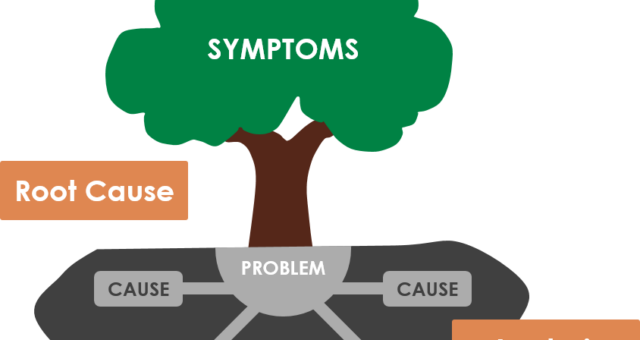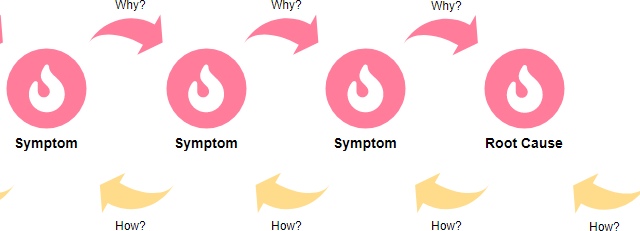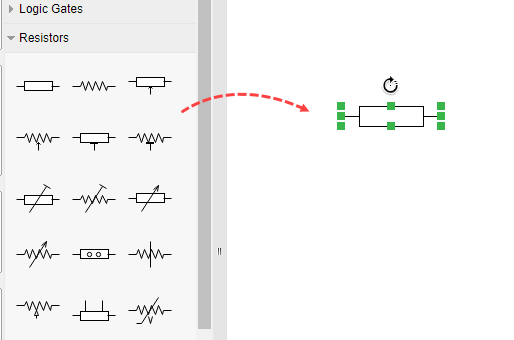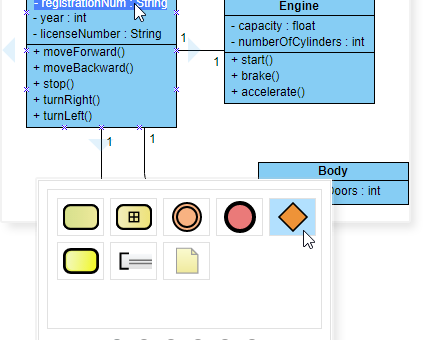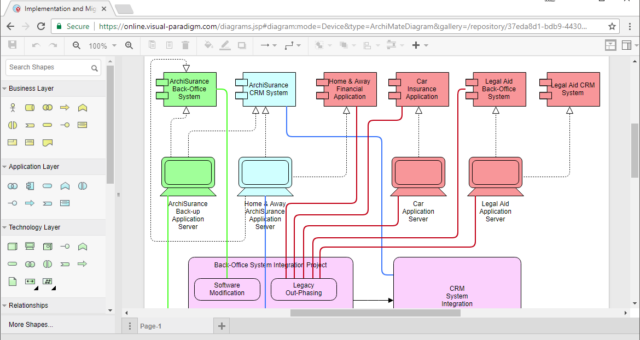Uncovering Solutions: The Power of the 5 Whys in Problem-Solving
Introduction In the intricate dance of problem-solving, the ability to ask the right questions often determines the quality of the solutions obtained. One powerful and elementary approach to problem-solving is the "5 Whys" technique, a method that encourages deep thinking through persistent questioning. Originally developed by Sakichi Toyota within the Toyota Motor Corporation, this technique has proven its efficacy in swiftly identifying the root causes of problems. In this article, we will delve into the mechanics of the 5 Whys and explore its application in real-life problem-solving scenarios. The 5 Whys Strategy The…continue reading →

